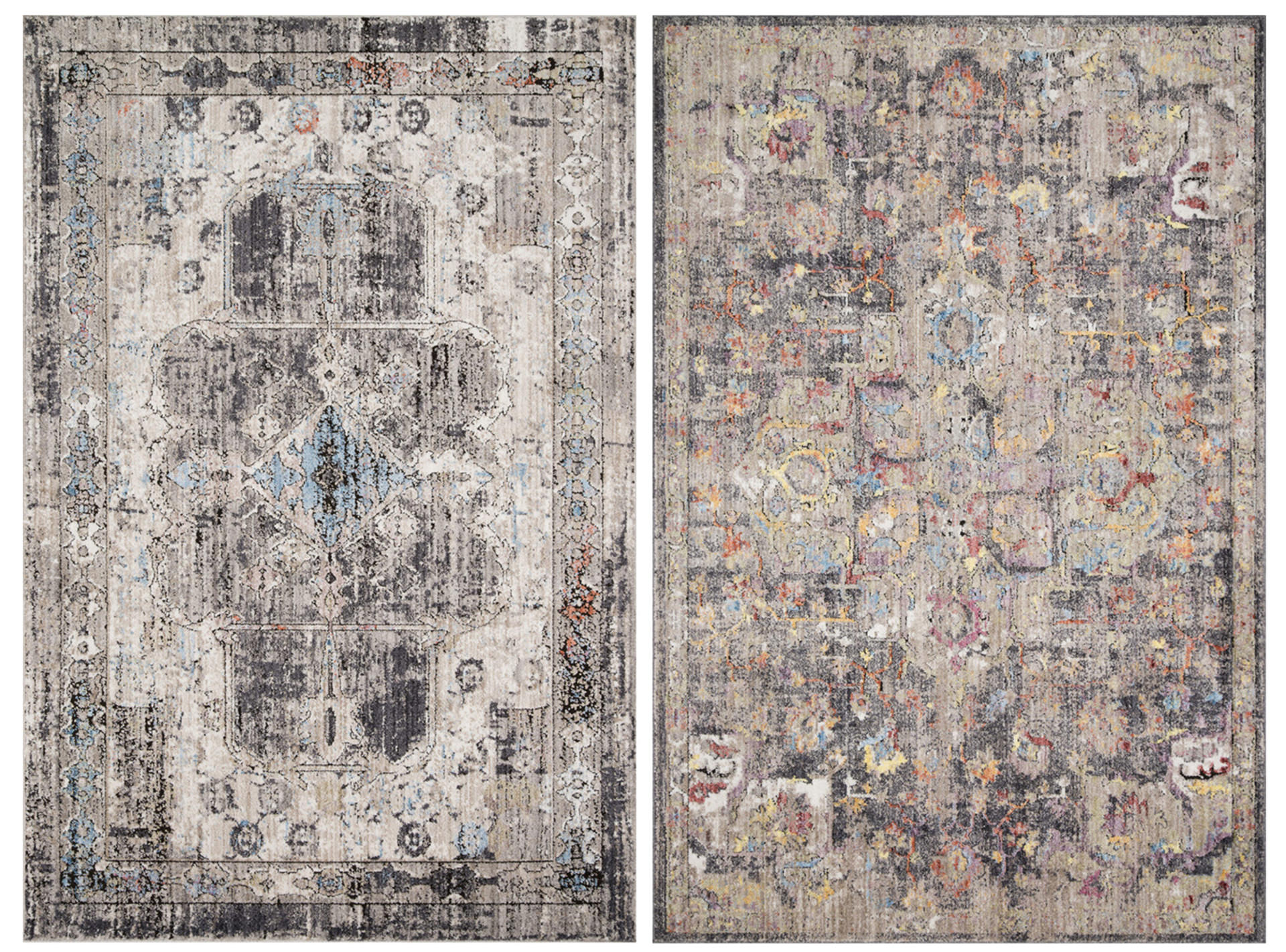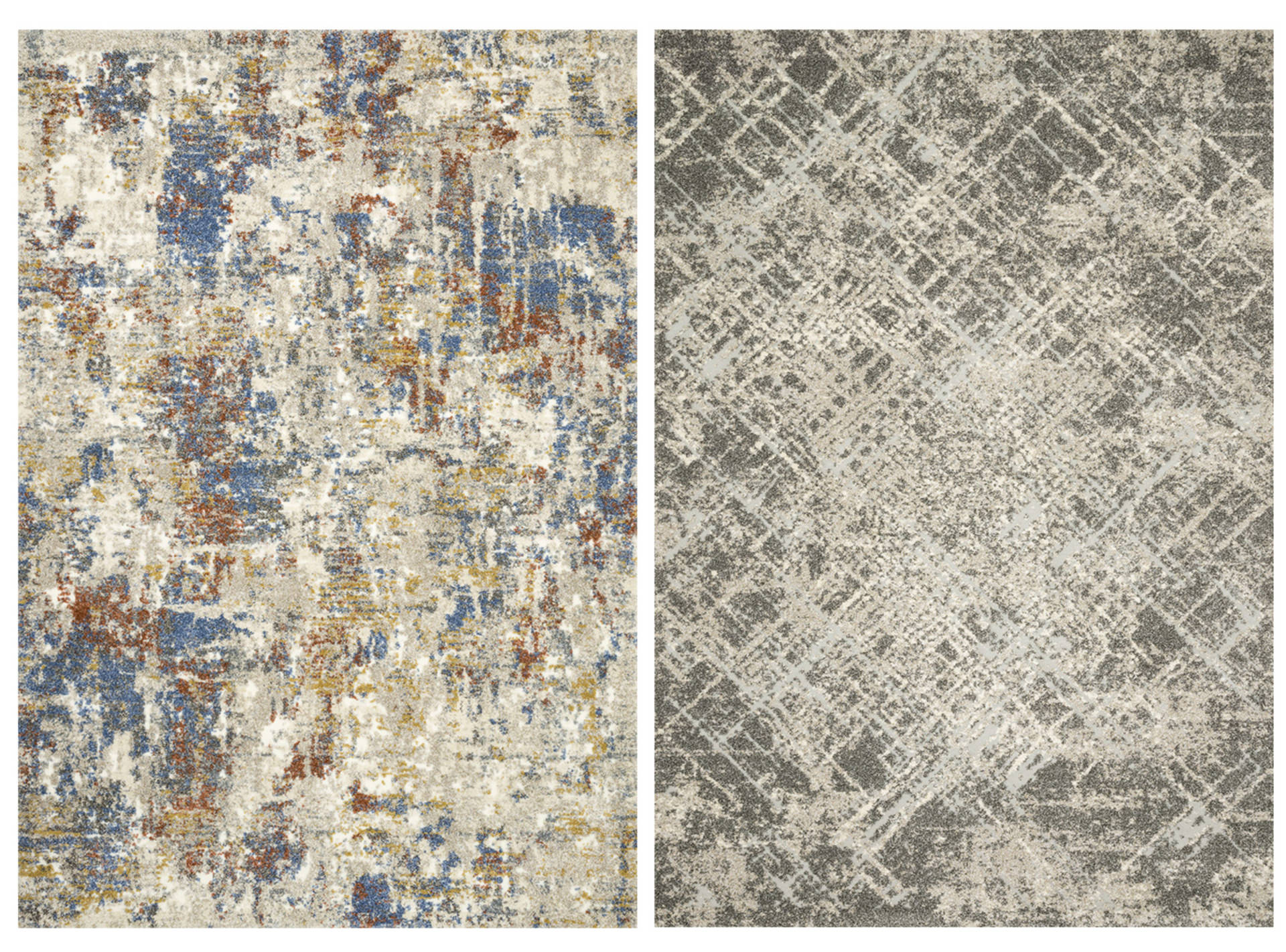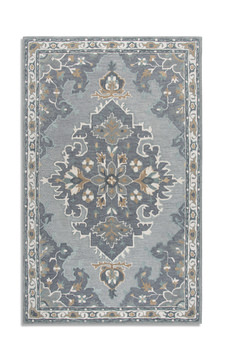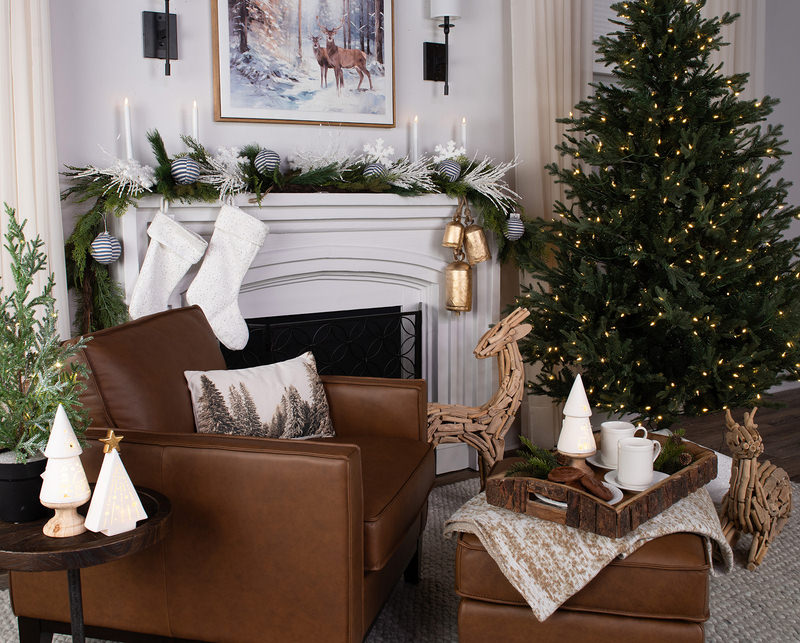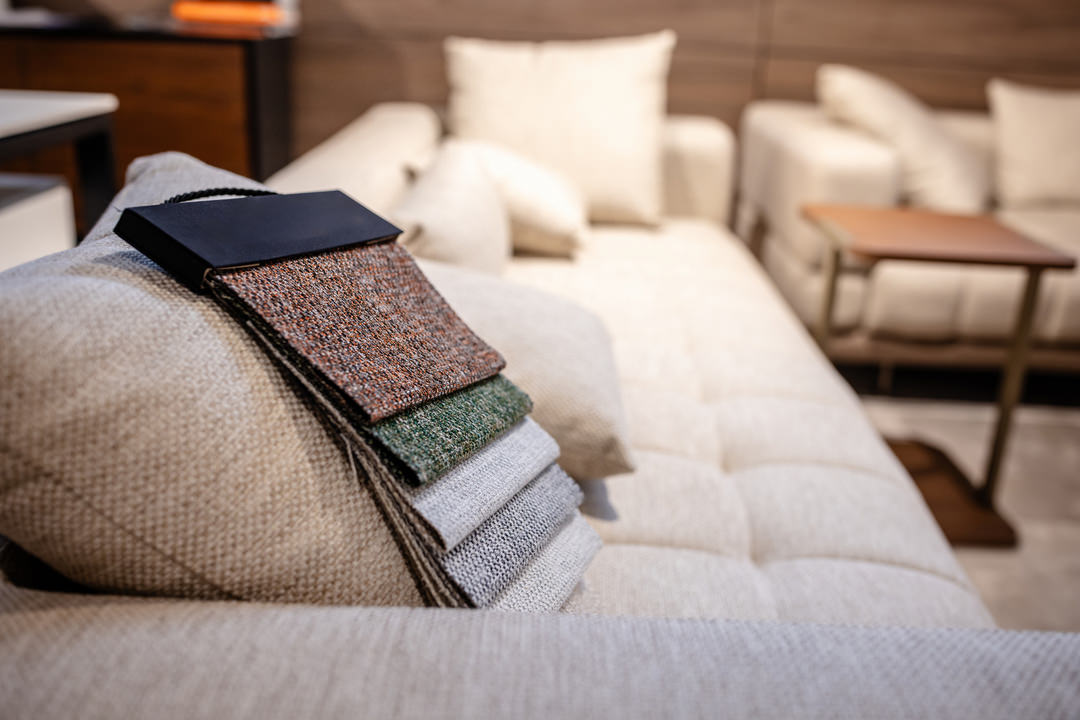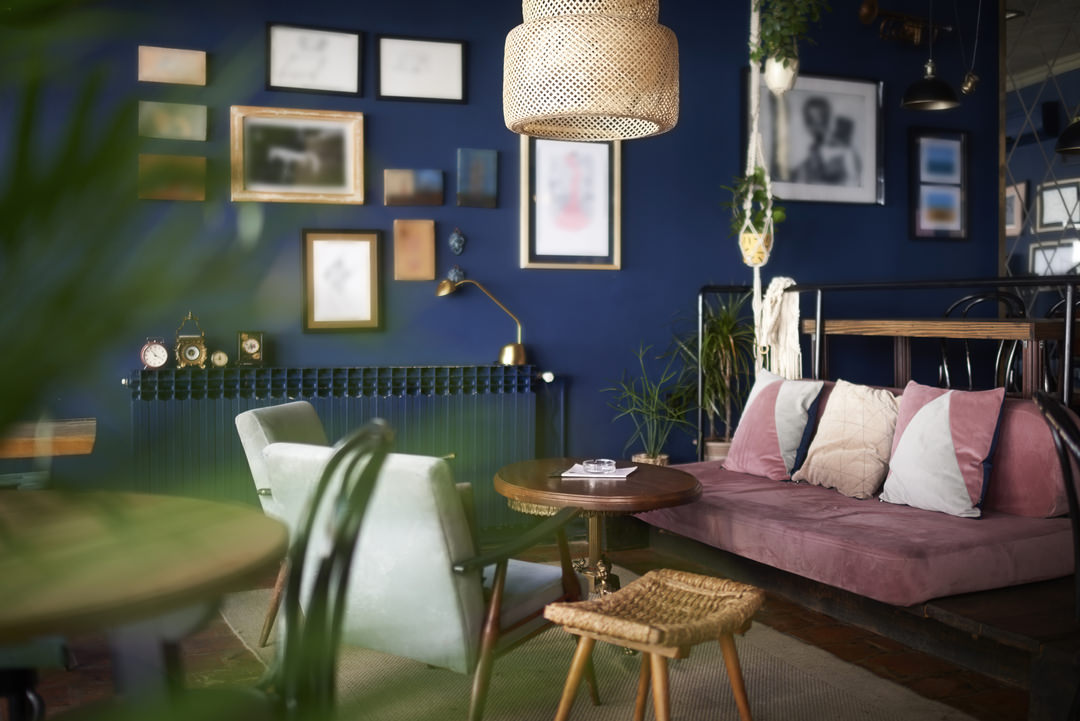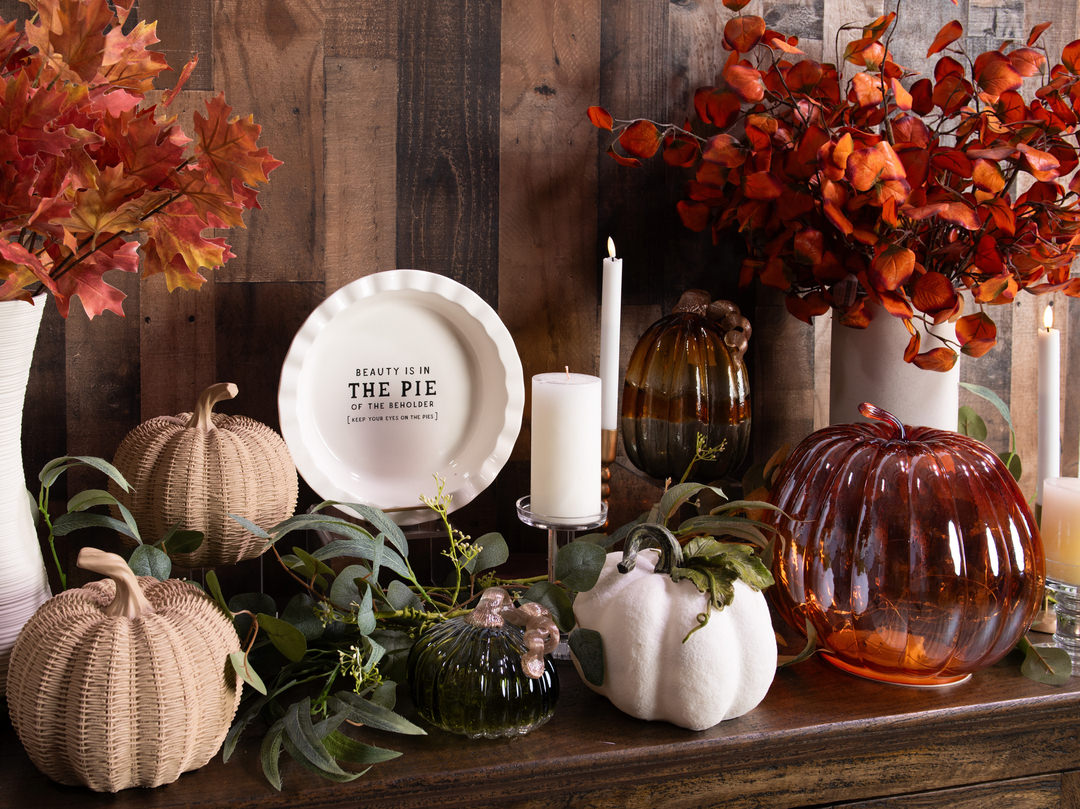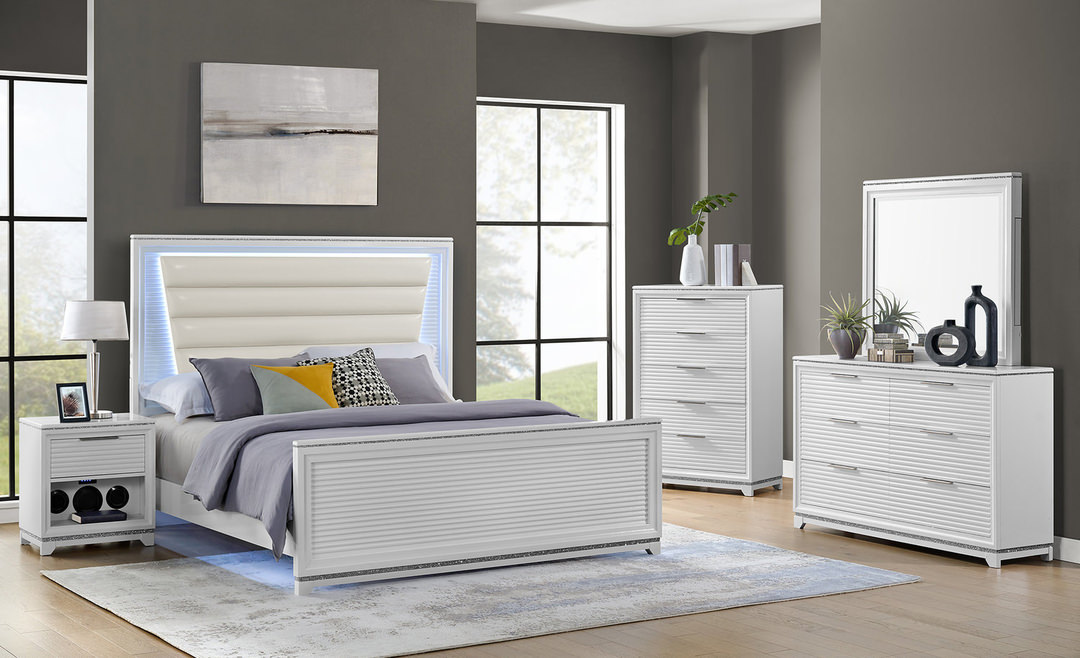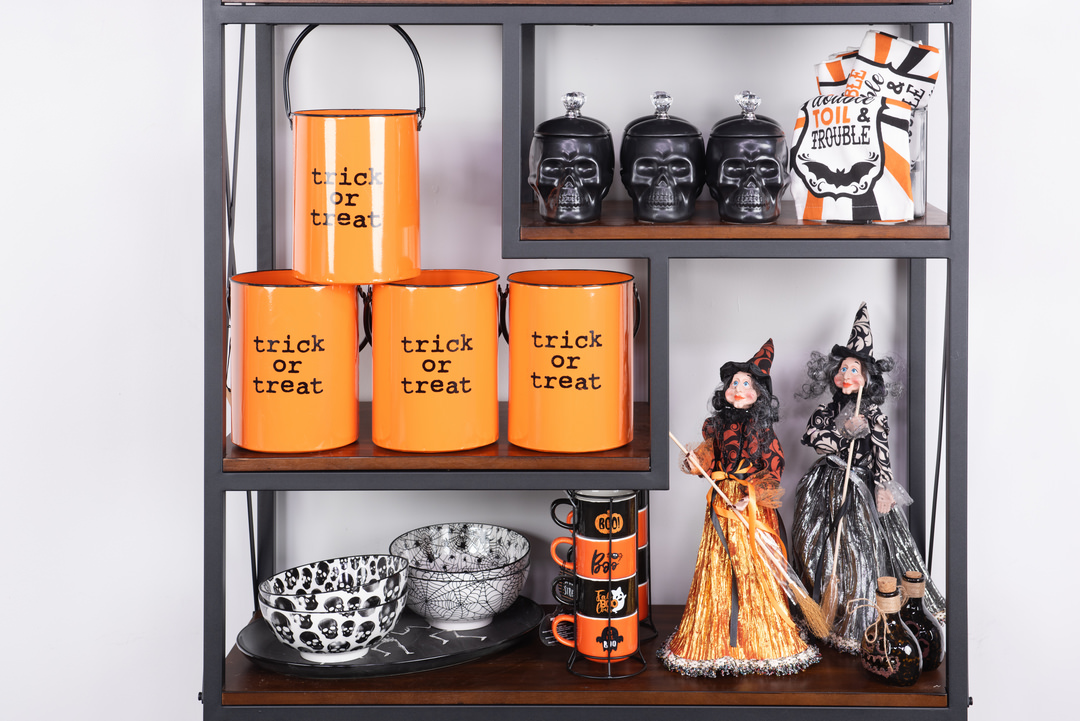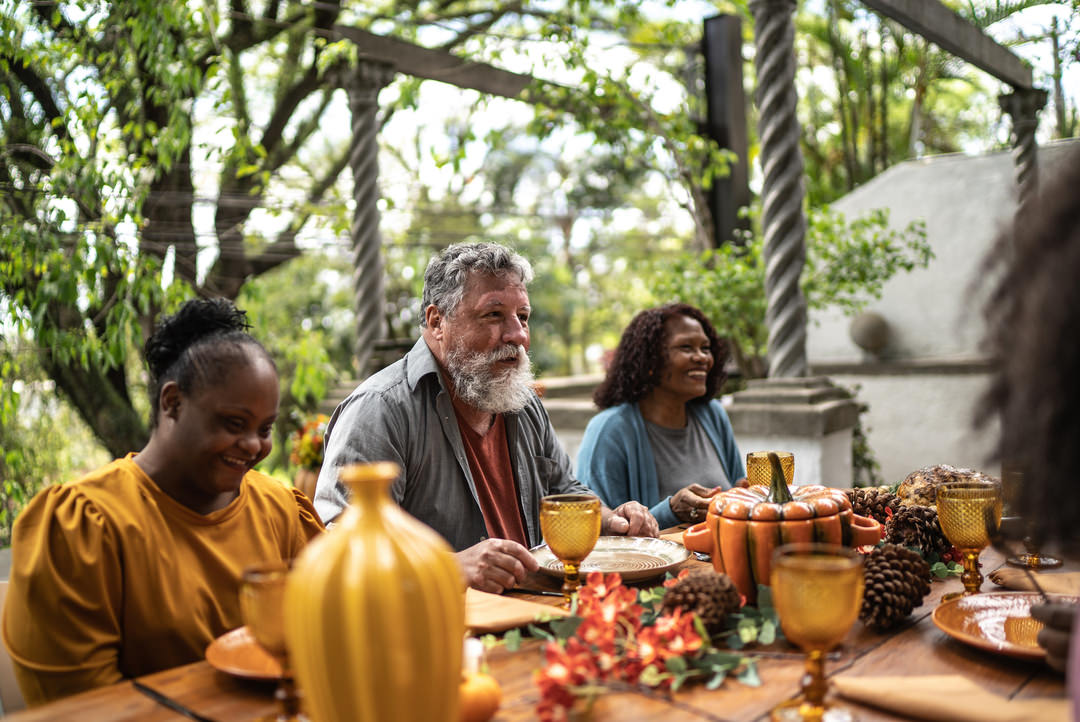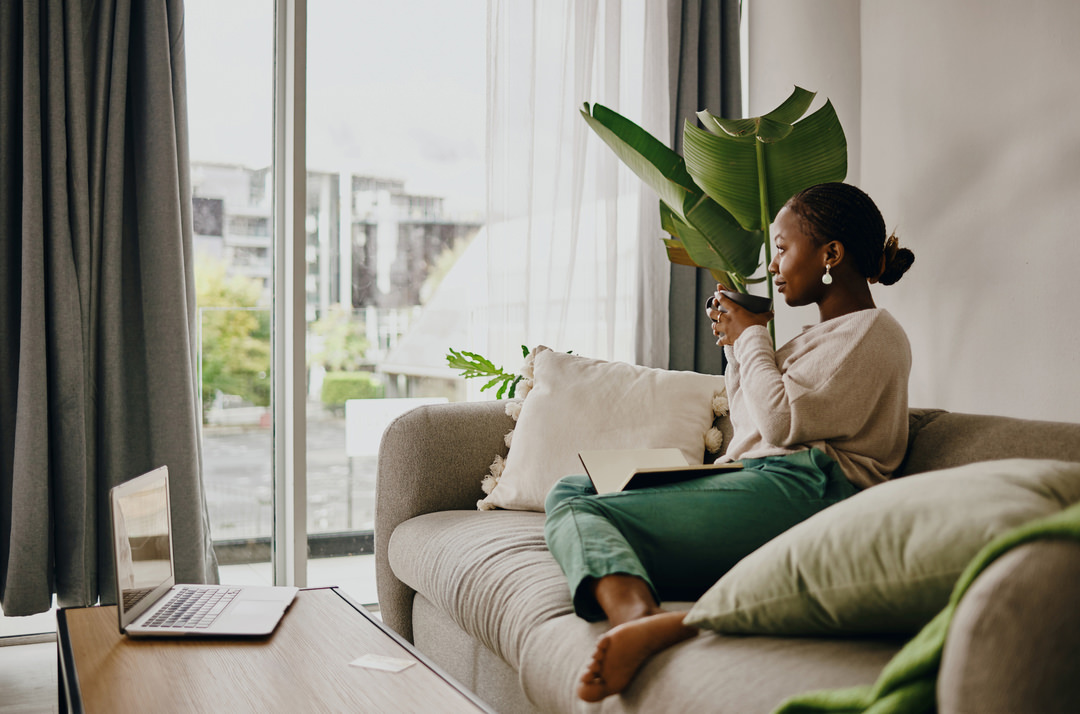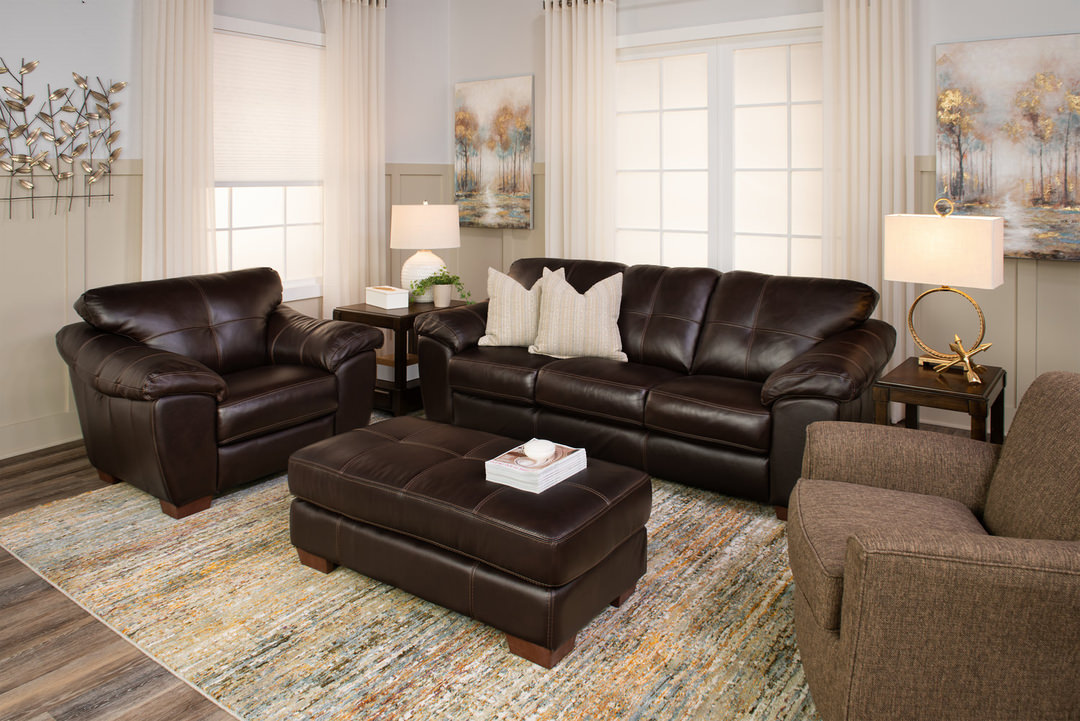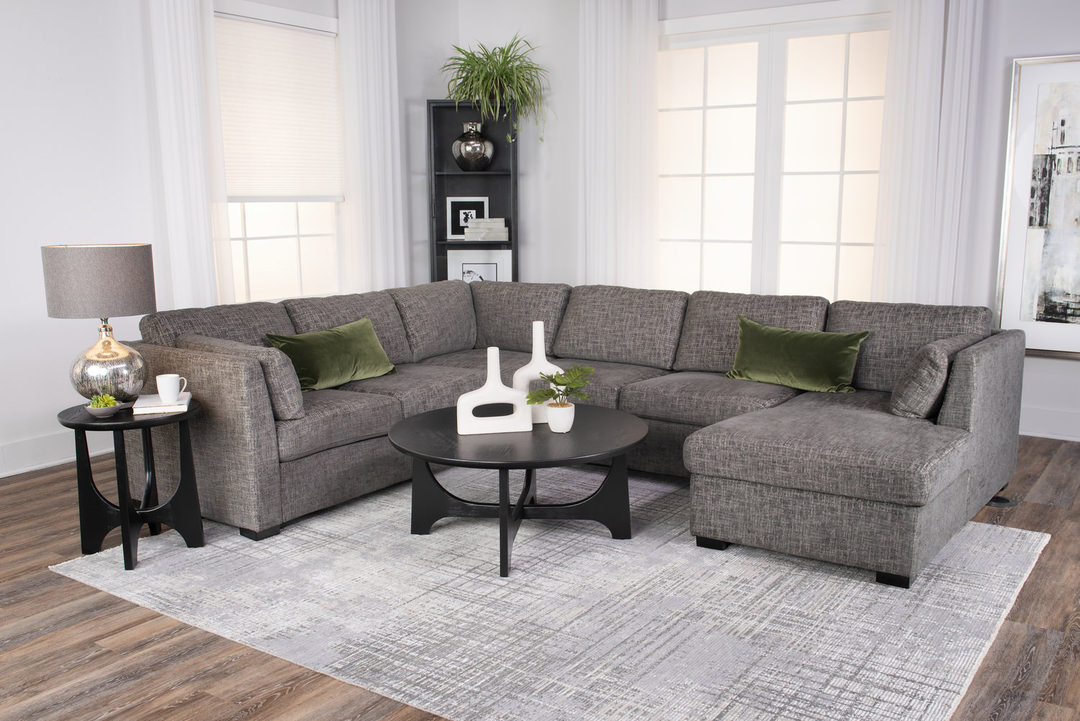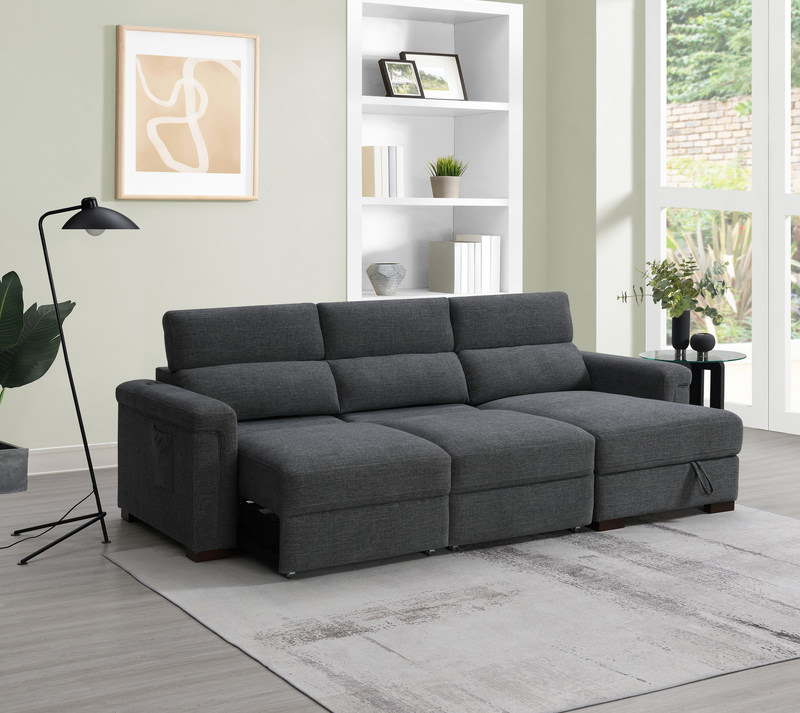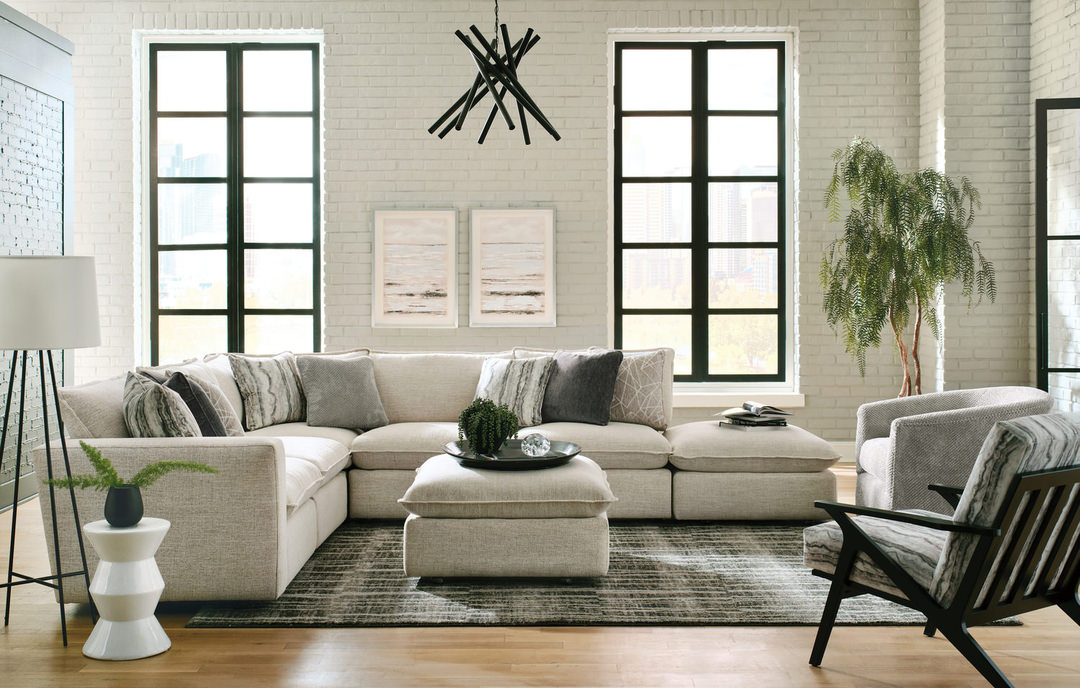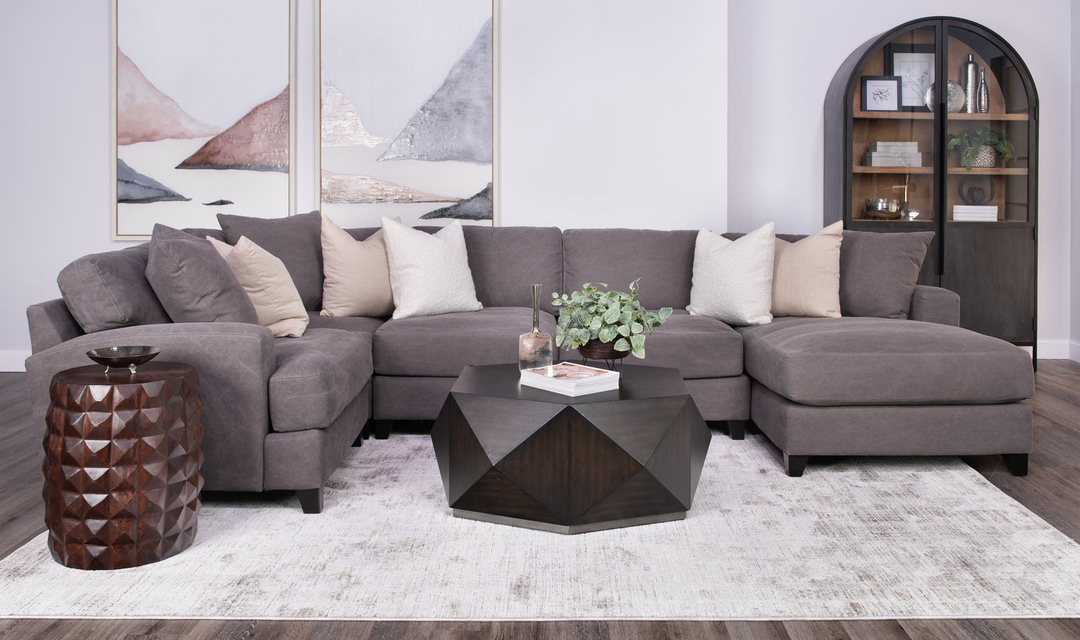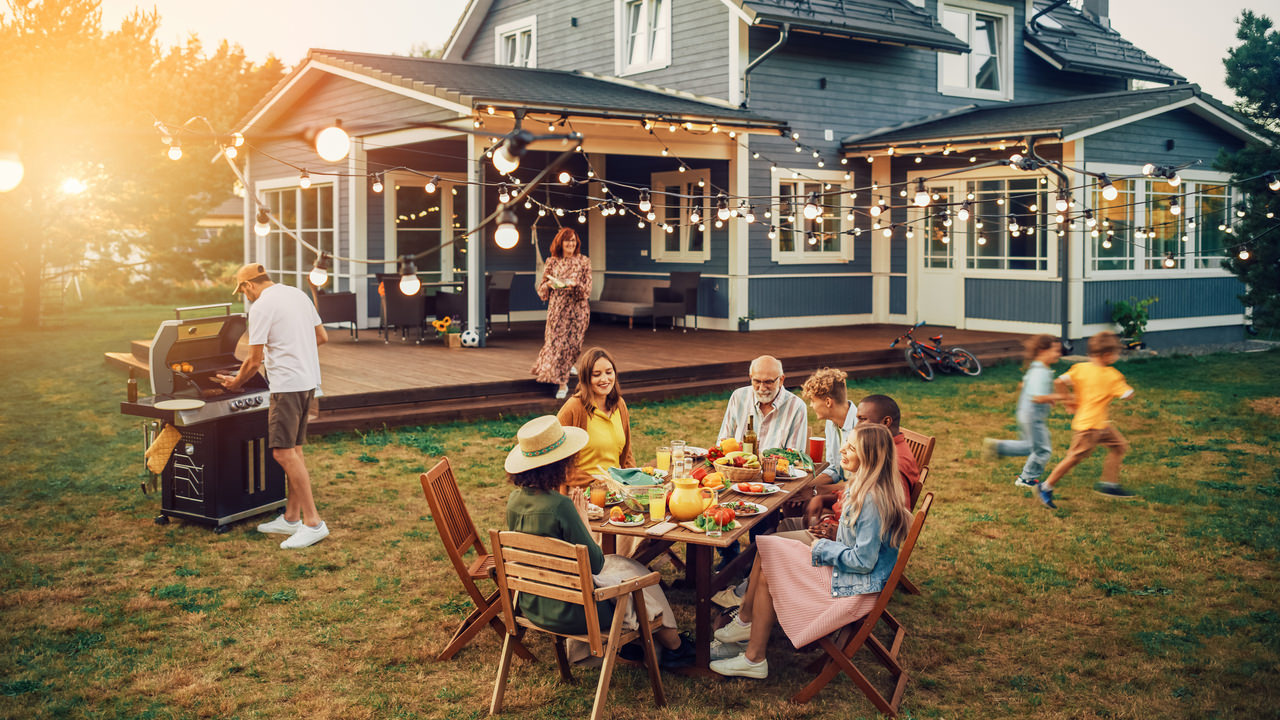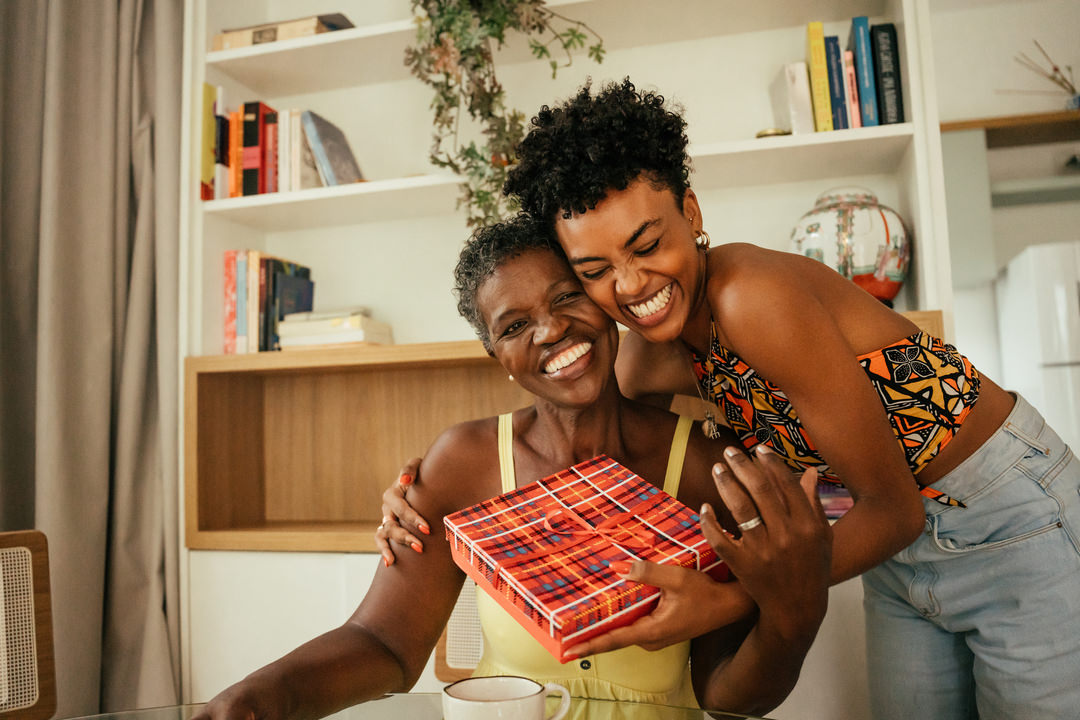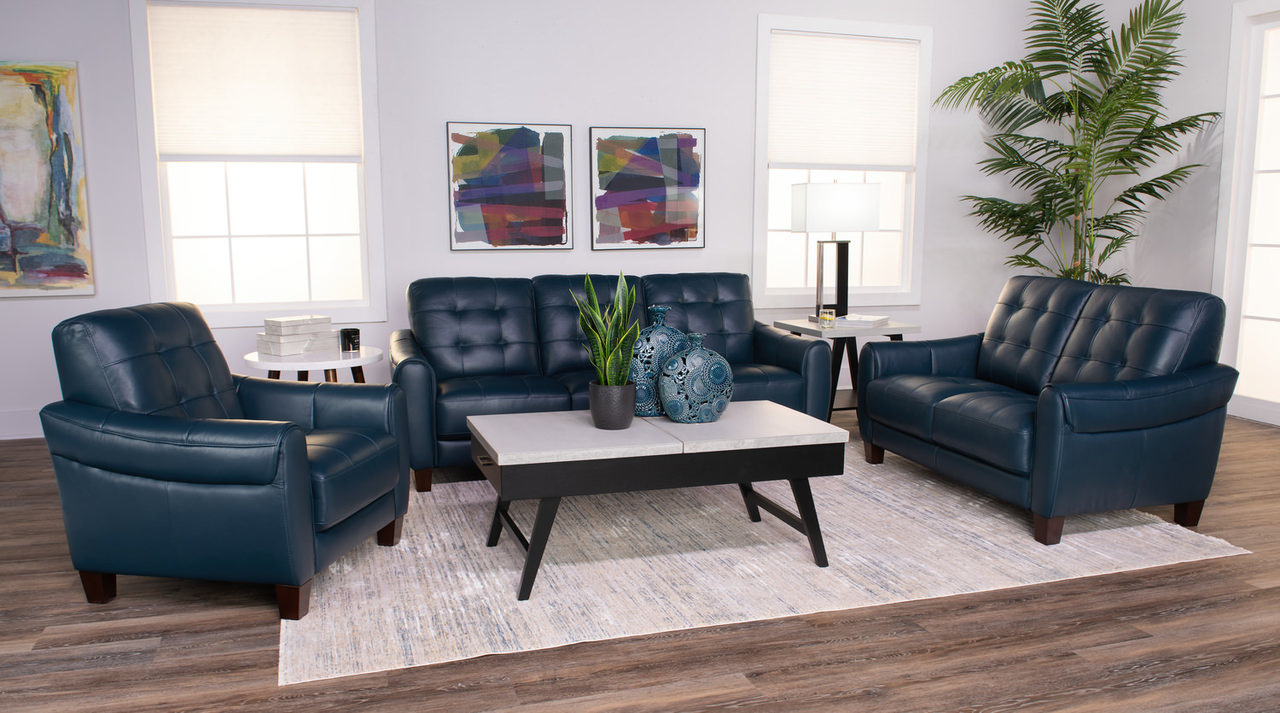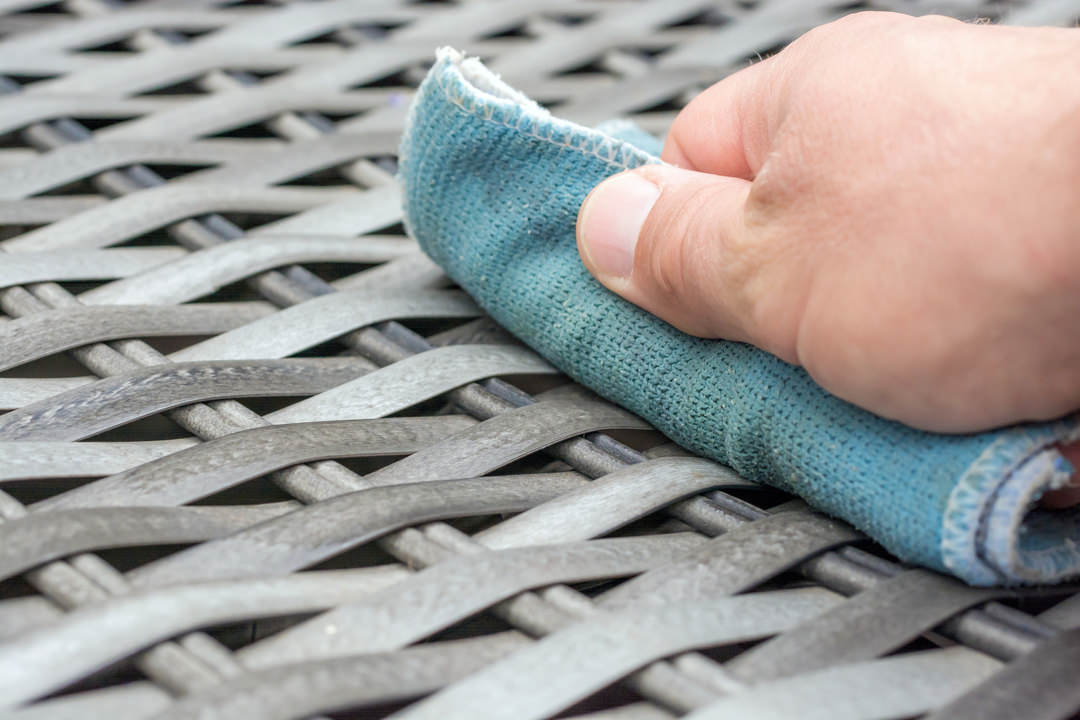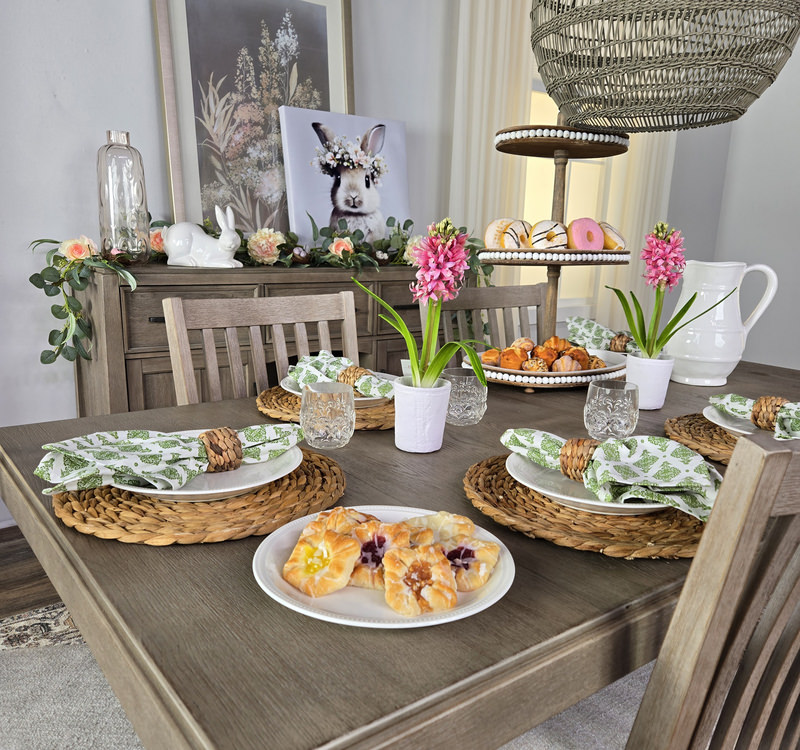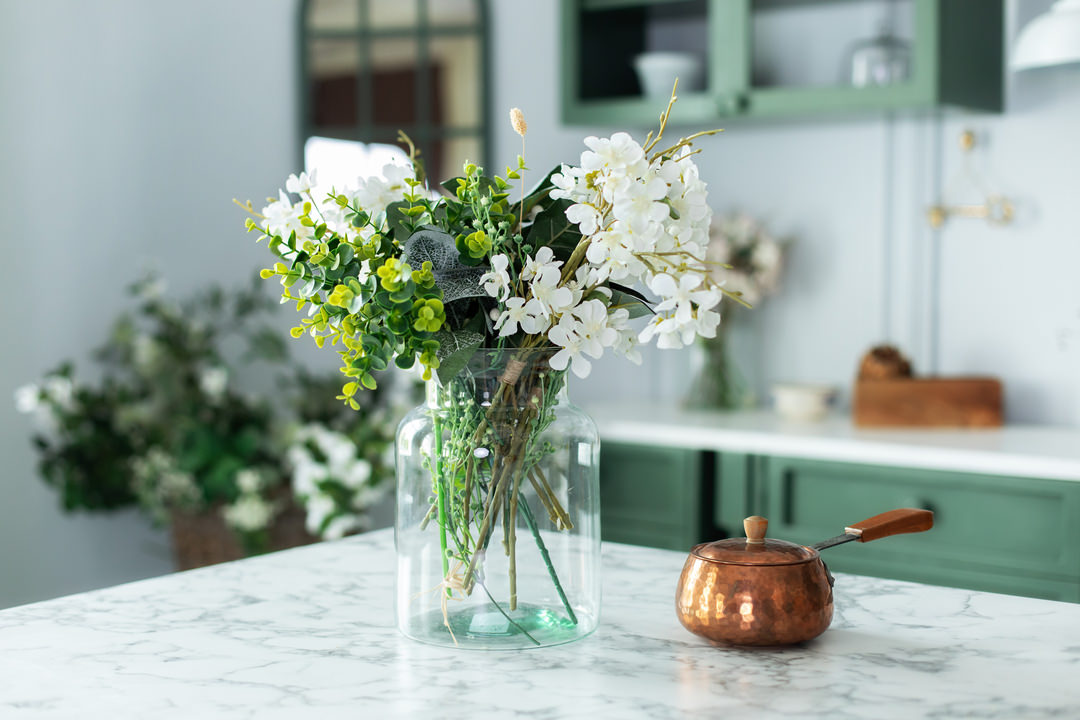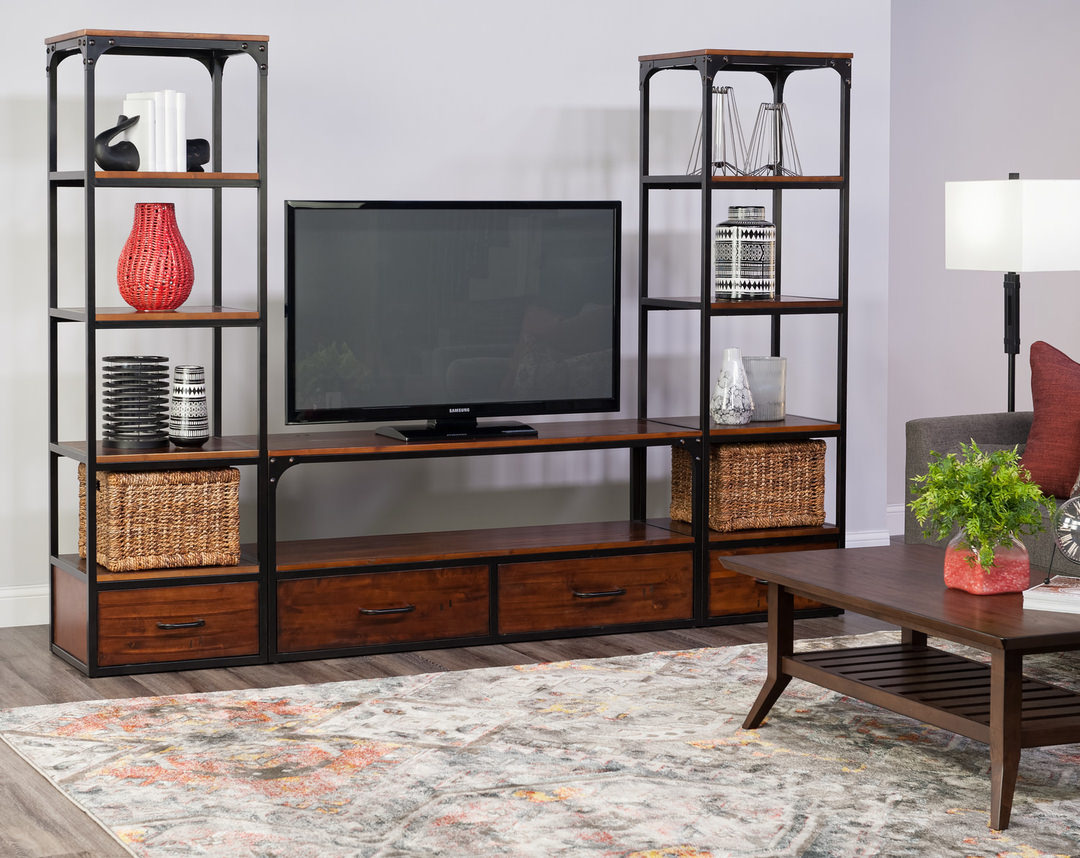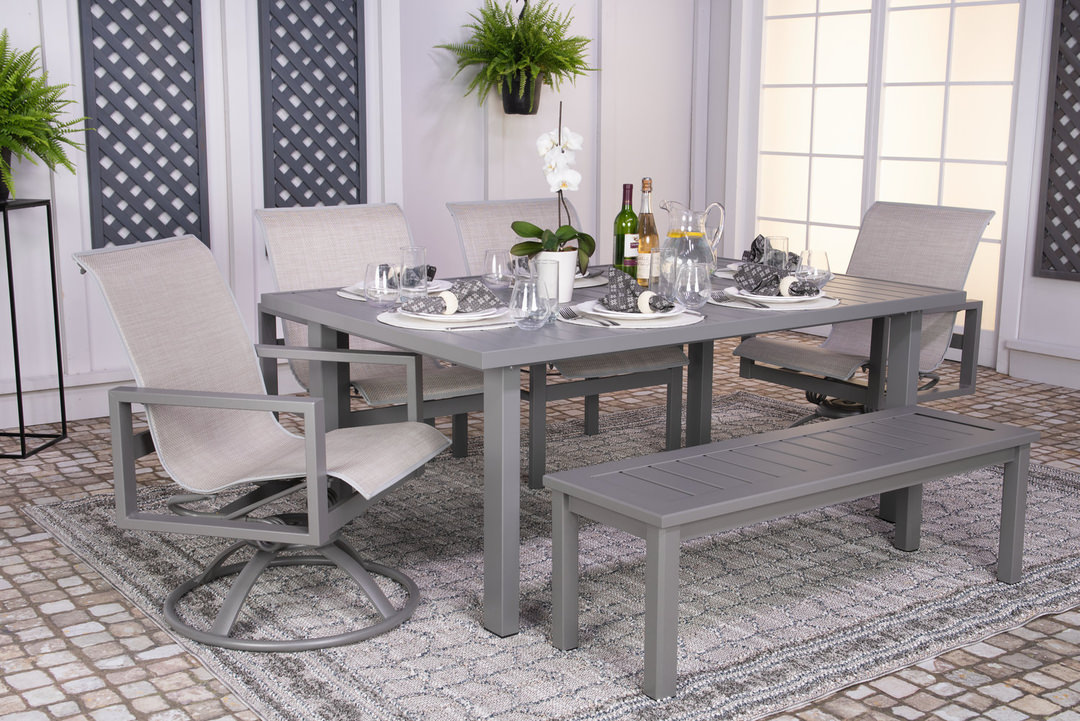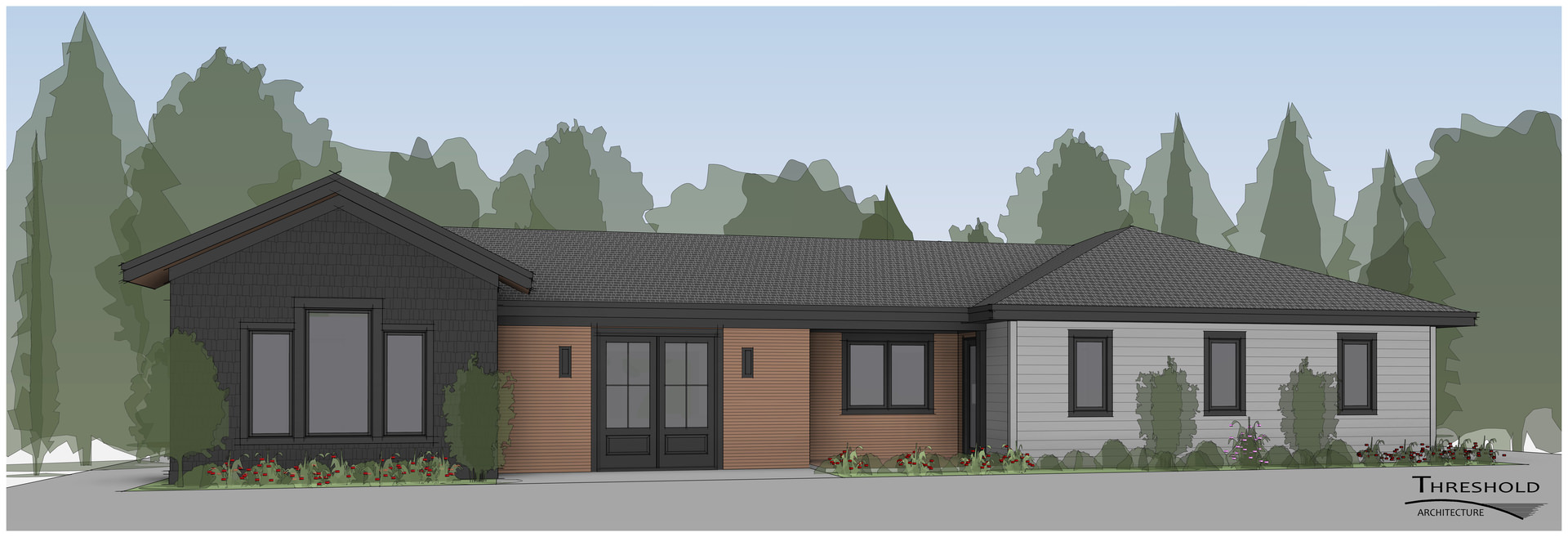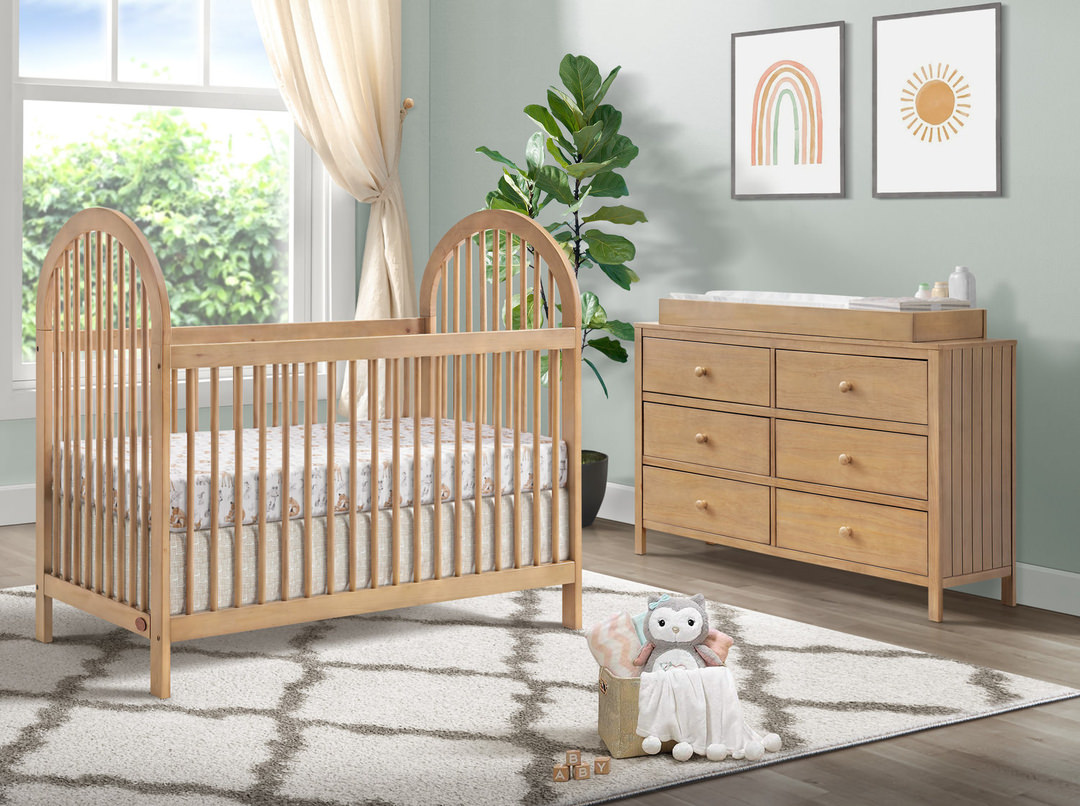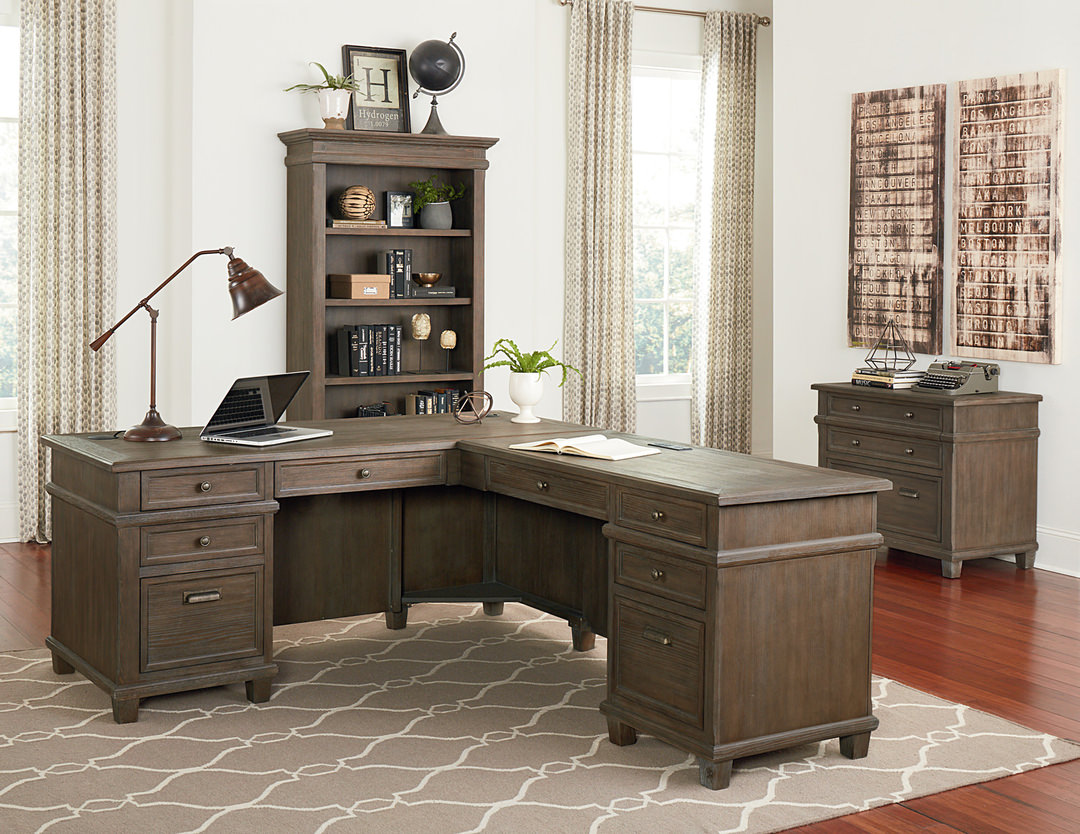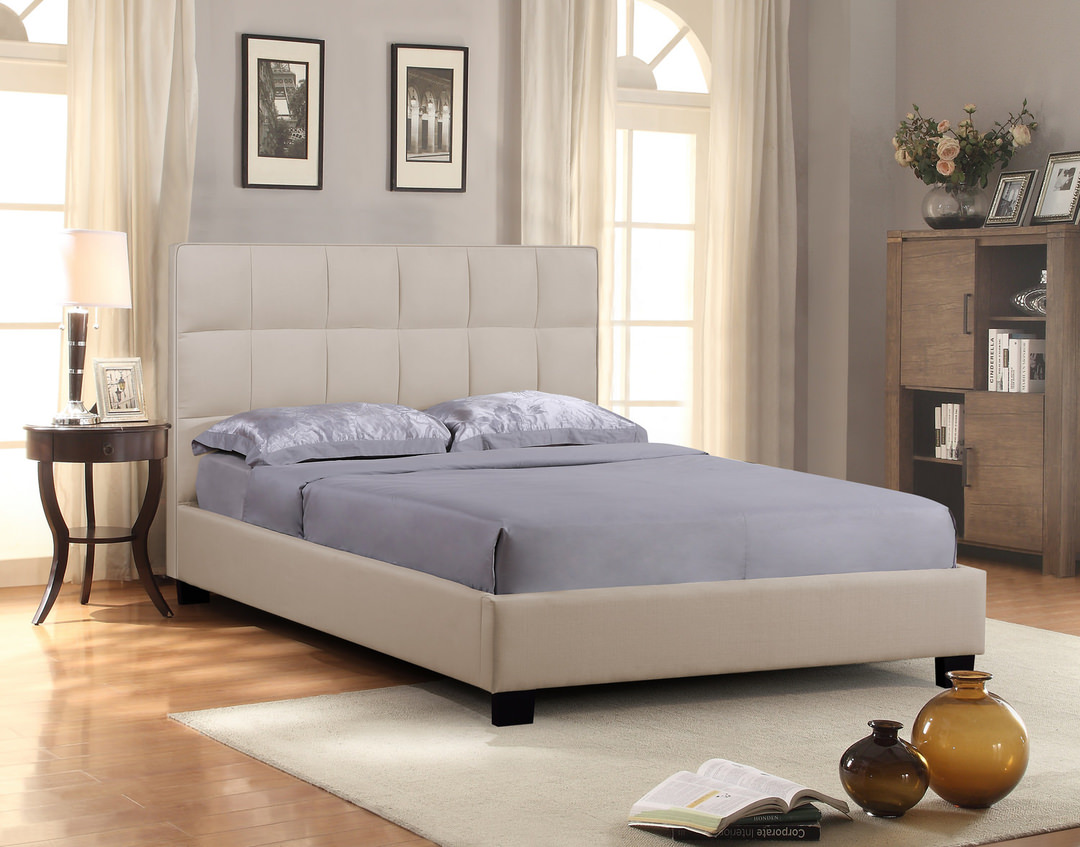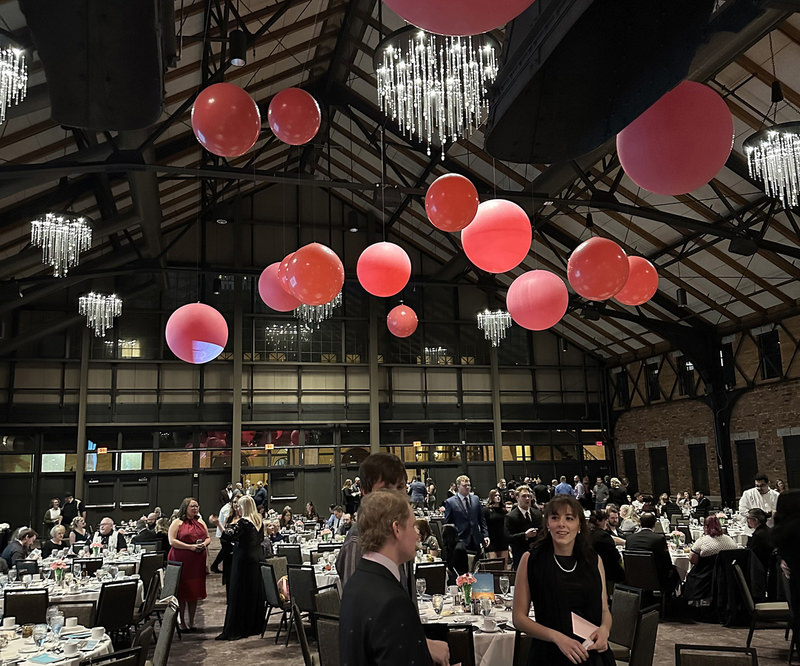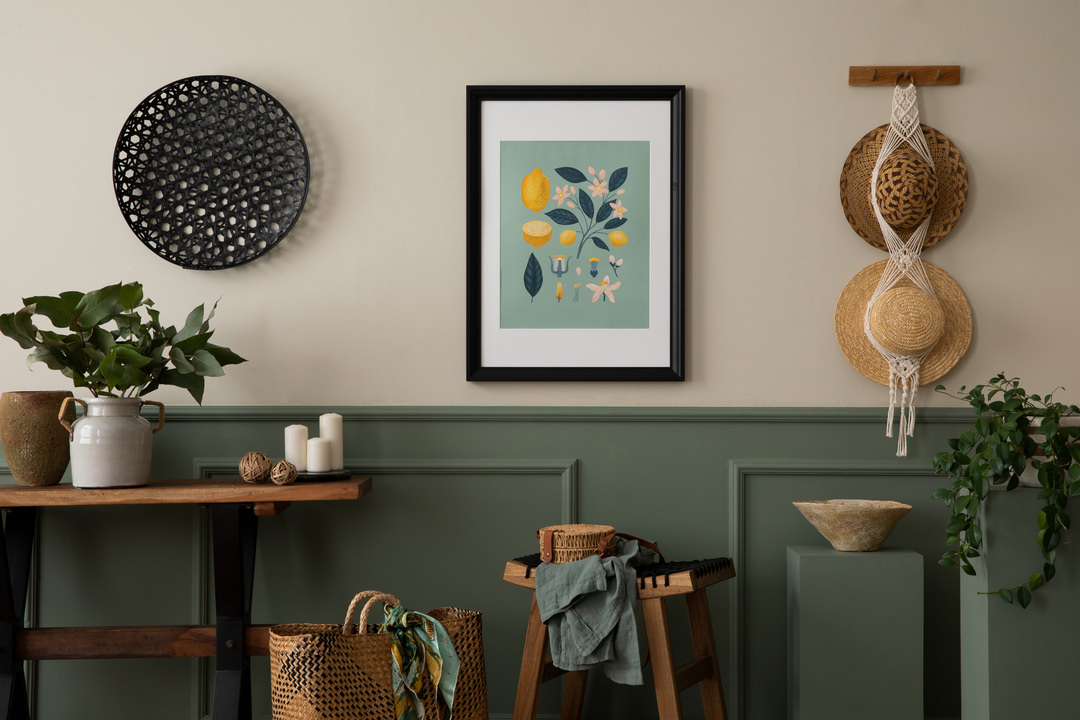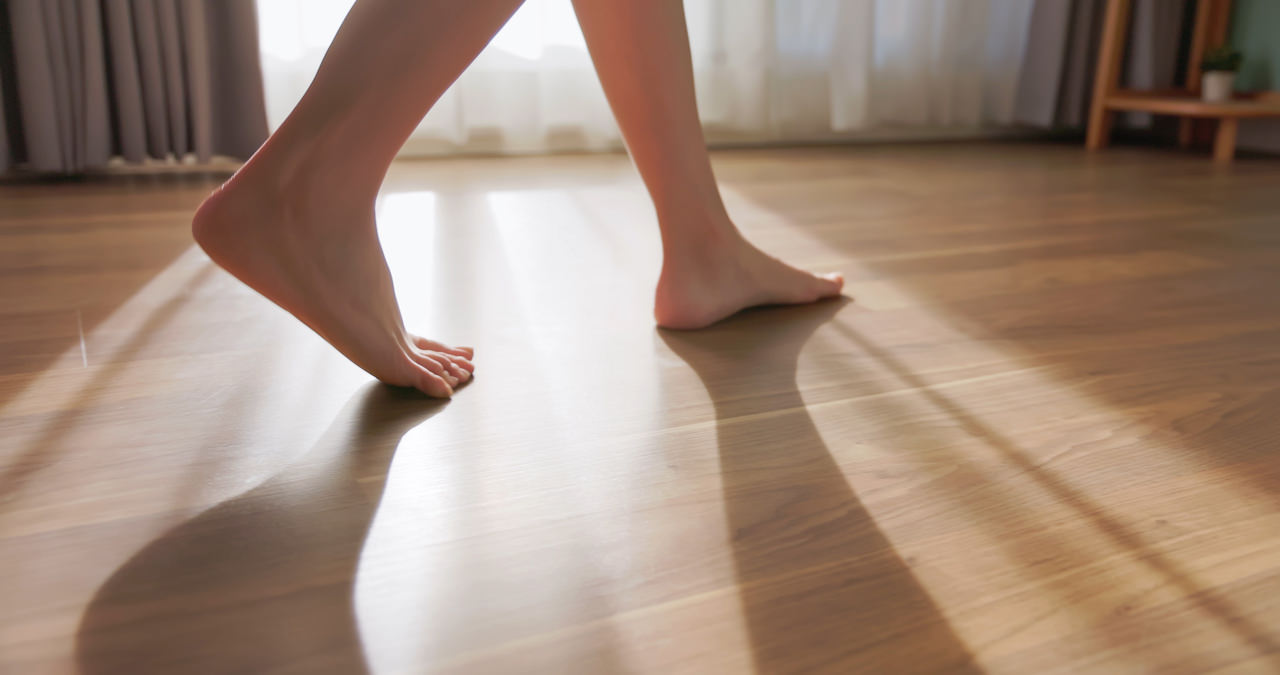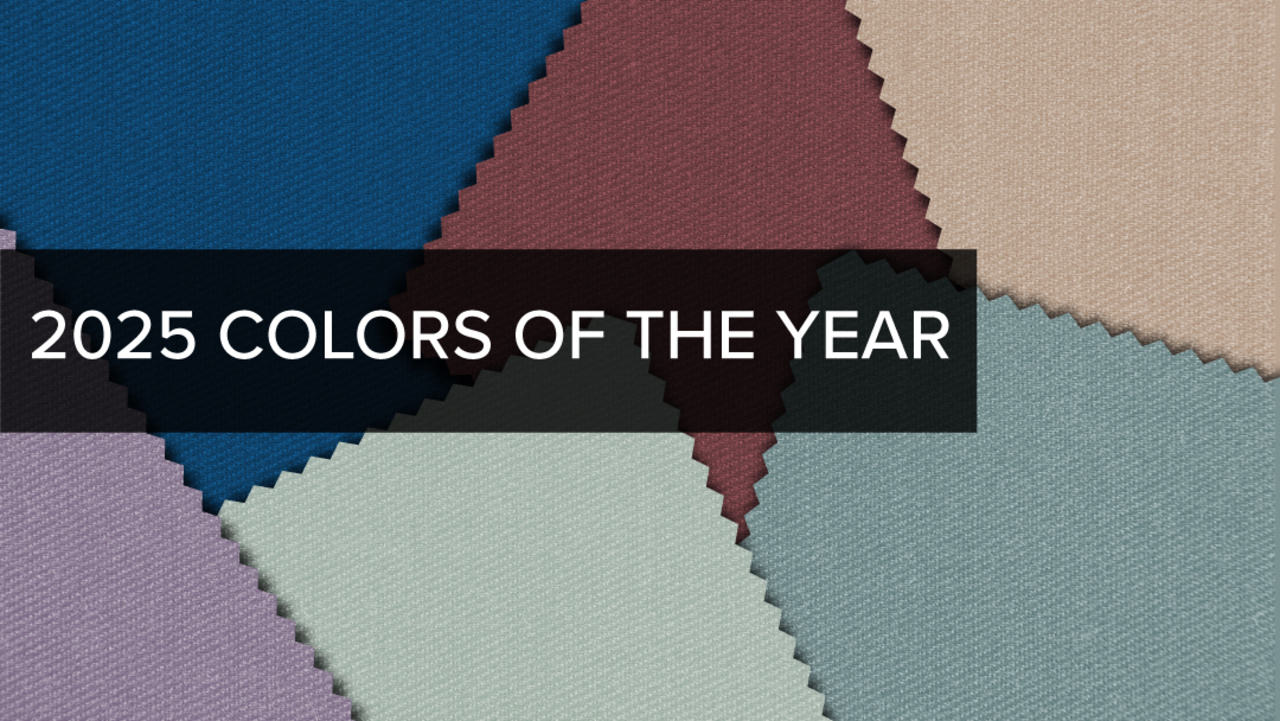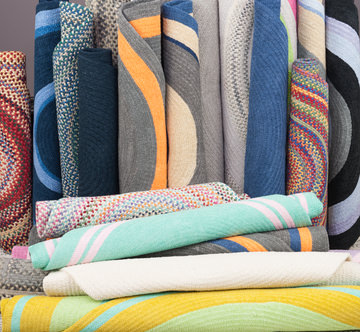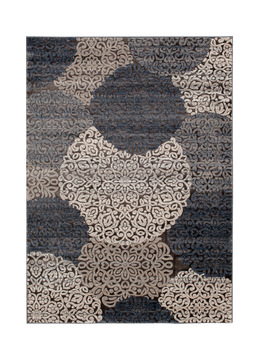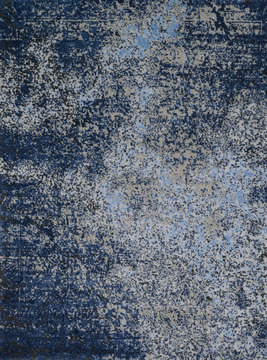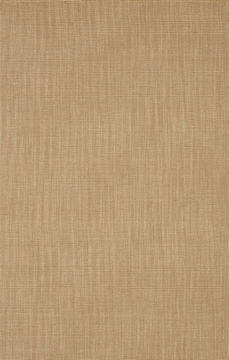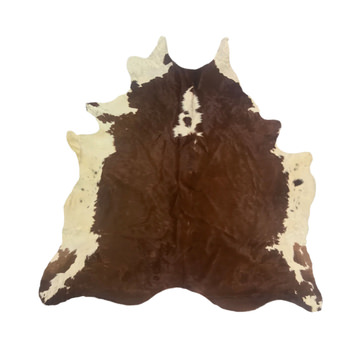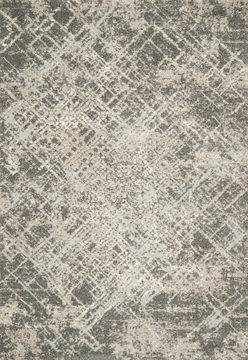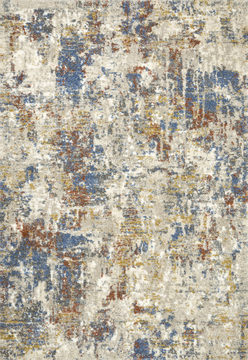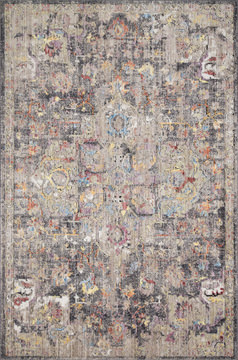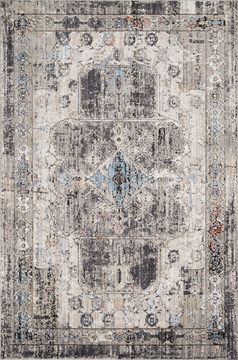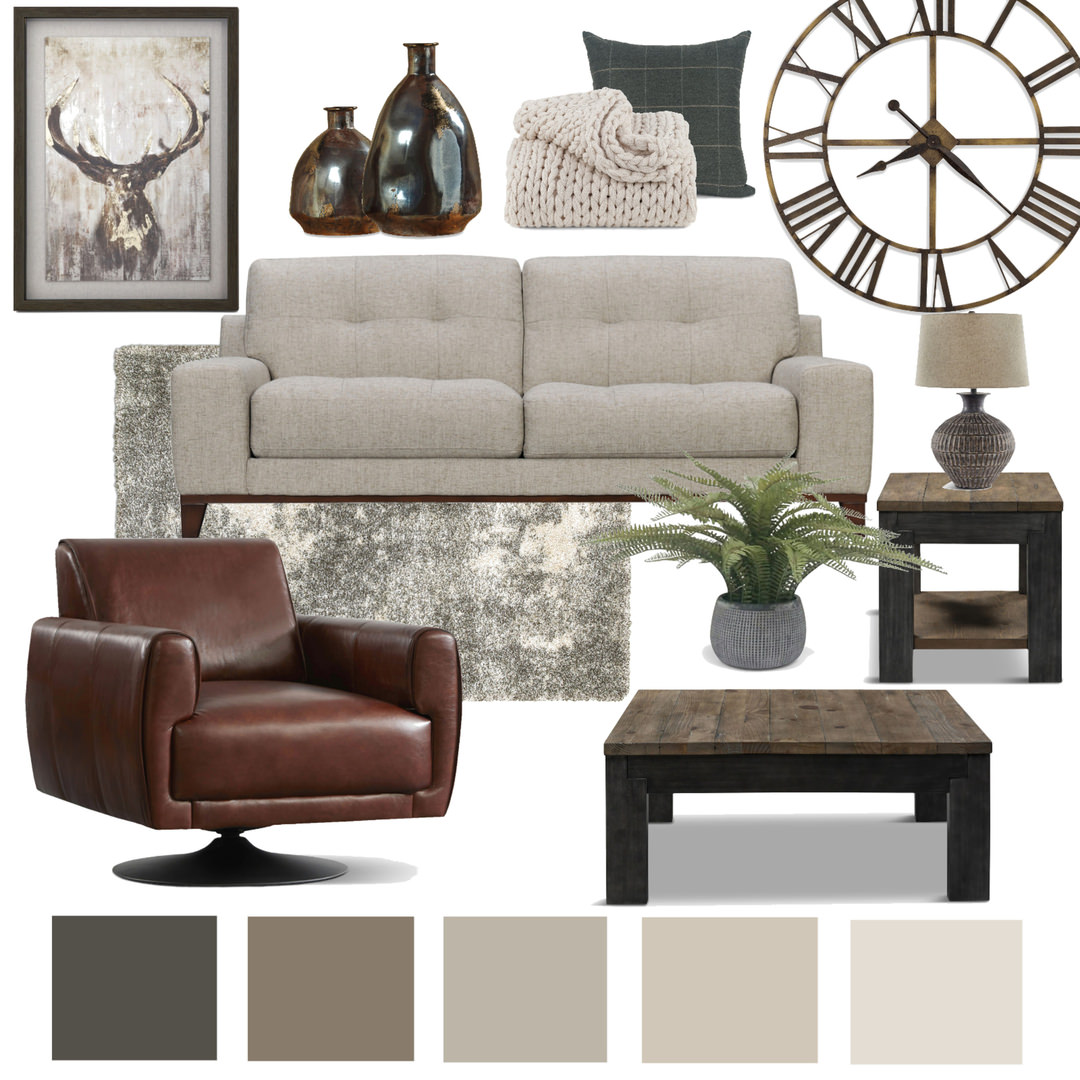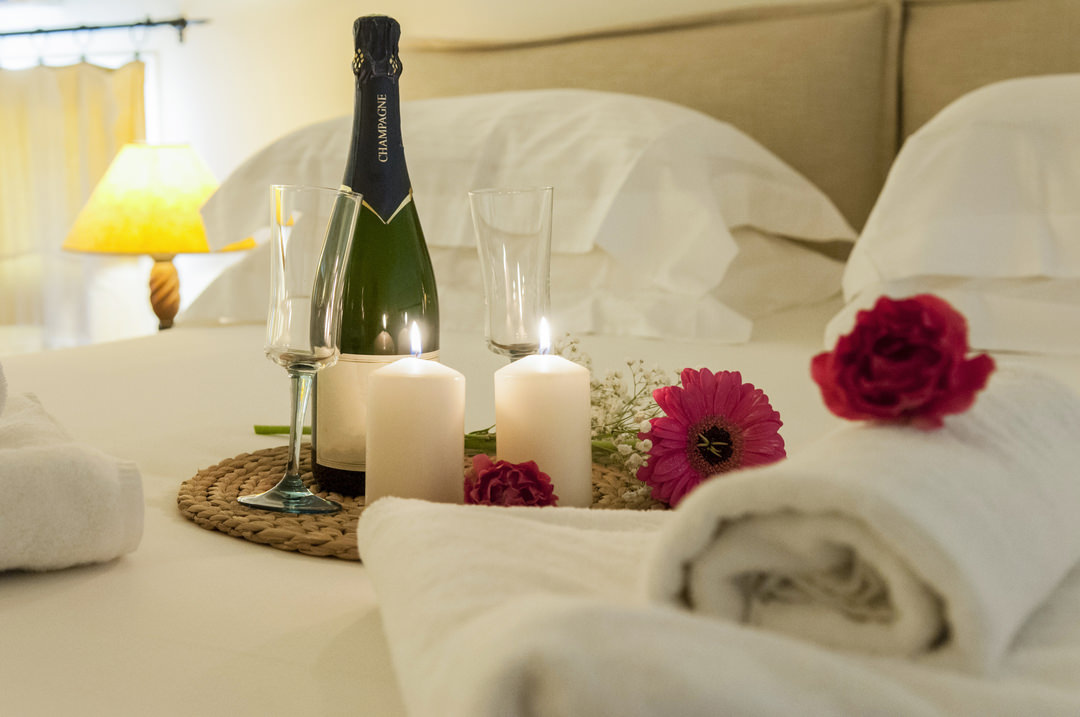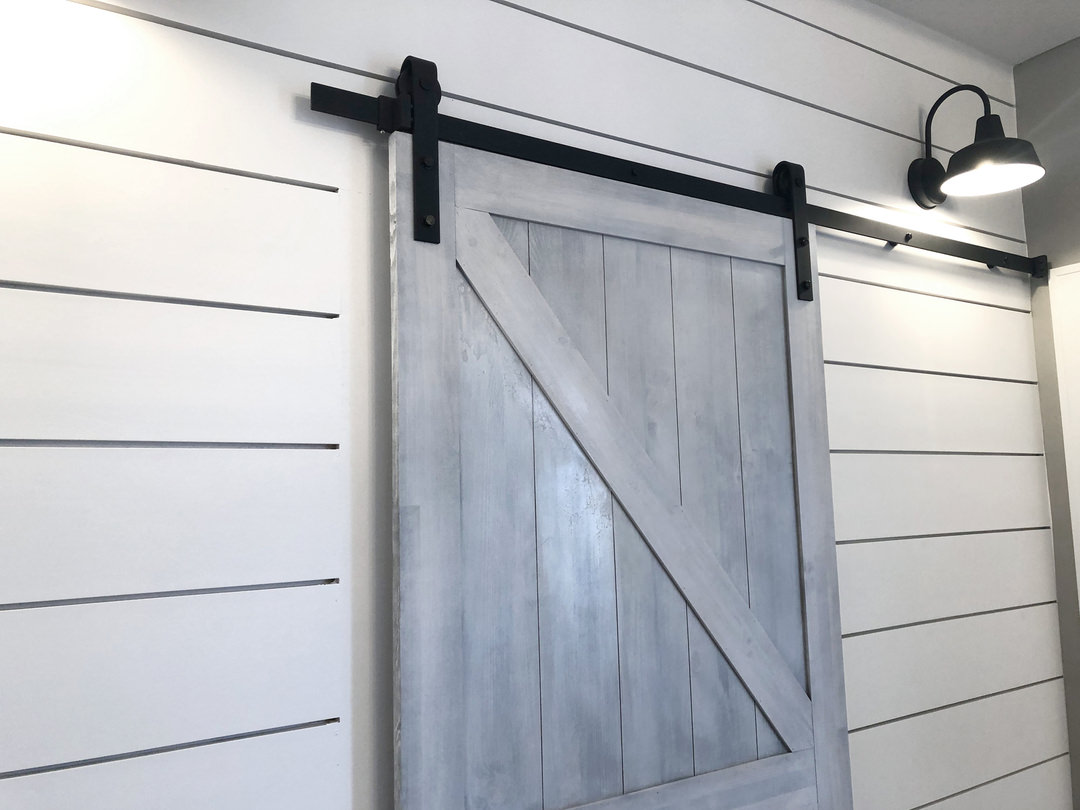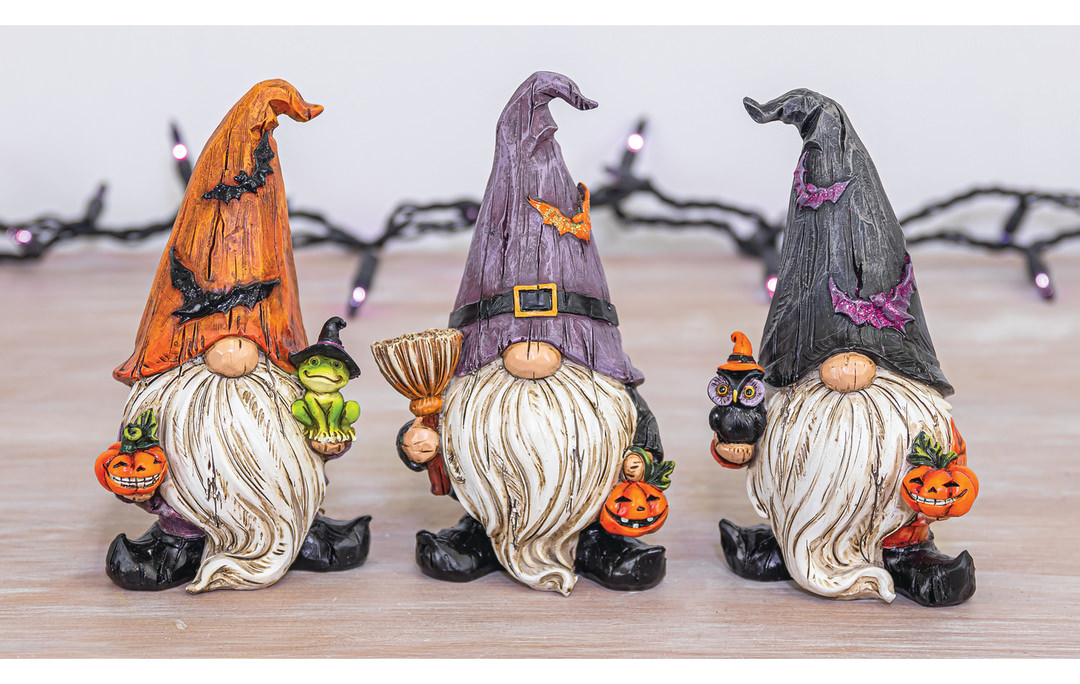Mixing and Matching Area Rugs
Follow these rules when combining area rugs in a large or open concept room.
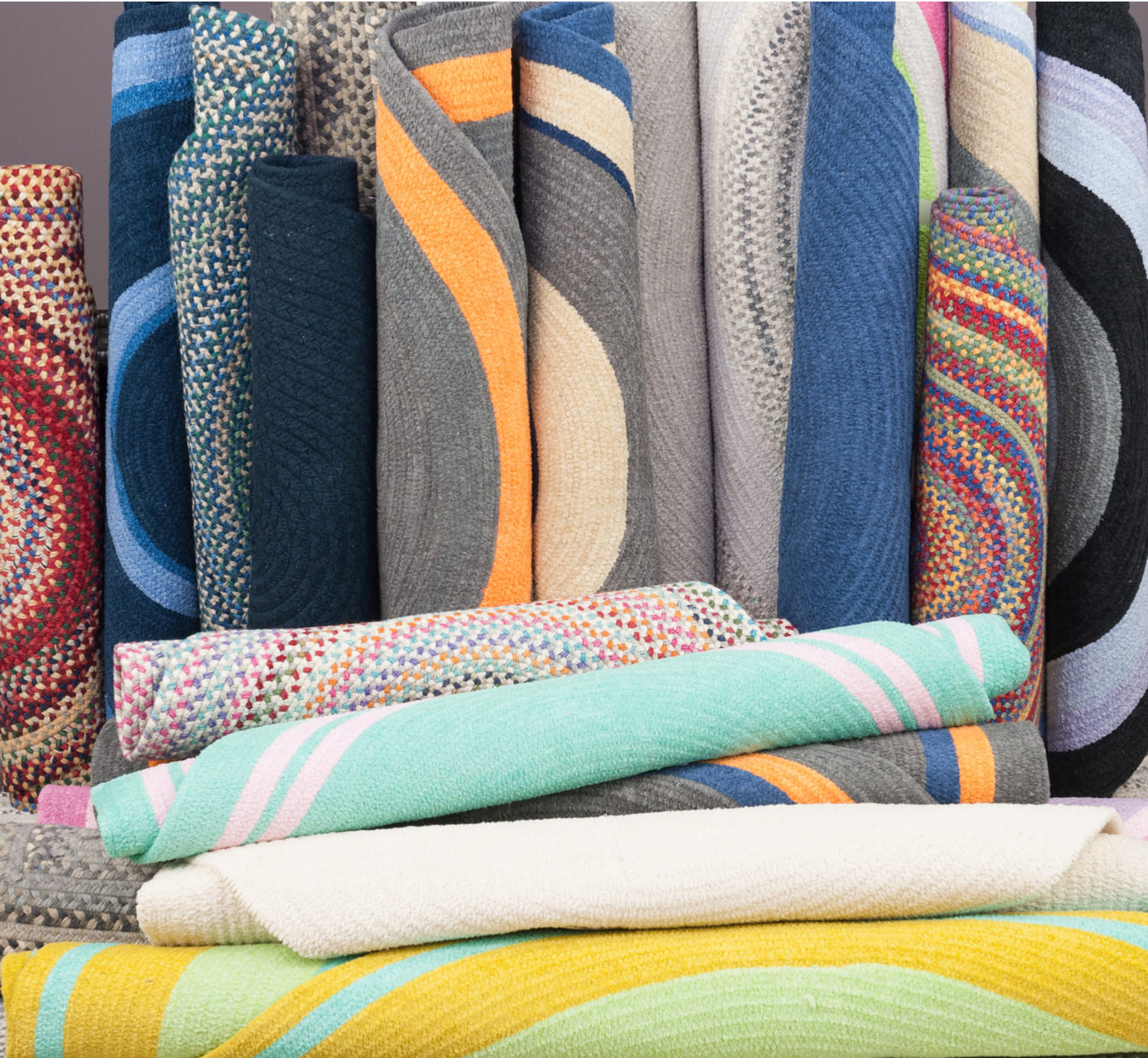
Some rooms just cry out for more than one area rug. Take that oversize main area with living room furniture on one side and a dining table on the other. Then there are rooms where you don’t necessarily need an extra rug but might just want one. Maybe the room has an unusual shape, or perhaps you just want to create a little extra visual interest.
If somebody says there’s a rule of “one room, one rug,” why, you can just roll up that old rule like an outdated carpet and carry it out the door! A second area rug is a great way to establish some distance between two parts of a room or to create an accent that grabs people’s attention.
Still, coordinating area rugs works best if you consider a few of these suggestions.
Use Matching Area Rugs
This may look like restrictive, but it isn’t. There are loads of ways to match rugs. The simplest is to use exactly the same area rug twice. But there are other options.
- Use the same color but vary the pattern.
- Use the same pattern in differing colors.
- Display two rugs from the same manufacturer. It’s an easy way to find matching colors, patterns and materials.
- Choose similar patterns but vary the scale: large pattern in one rug and small in the other.
Complementary Area Rug Colors
If you use two colors, they can be close together on the color wheel, but the most striking combos come with opposites such as blue and orange, or yellow and purple.
Another choice: choose a neutral tone for one rug and an assertive color for the other. For example, pair a gray rug with an eye-catcher such as teal, something in the red family or even pink or purple.
If you room has decor that you like, let those colors lead the way. Your area rugs will happily share a room when there are other colors in the space to tie them together.
Let One of the Rugs Dominate
One way to combine area rugs is to use two rugs that are similar, where neither one attracts more notice than the other. Another method is to have one rug that steps forward and another that accepts a role in the background.
You might have an assertive pattern on one area rug and a muted pattern on the other. You could choose different colors of rugs with one in a neutral shade and the other in a brilliant one. Remember that the more expressive rug is going to draw the attention to its side of the room.
What you don’t want is two rugs competing with one another to see which is the most colorful.
Match and Contrast Textures
Just as much as color and patterns, textures can be used to match area rugs or to contrast them. If the colors and patterns of the rugs are similar, different pile heights set them apart. Rugs of different shades and patterning are tied together if the textures are similar.
There’s more to texture than just the height of the pile. A cowhide, sheepskin or natural fiber rug provides an interesting accent when combined with a more traditional floor covering.
Textured rugs are not only striking today but are also versatile for the long run. As you change your furnishings and even your other rug, you’ll be pleasantly surprised with how well your textured rug adapts to changing tastes and styles.
Shape and Size
Like the other factors, these can be used to tie rugs together or set them apart. You might vary them if your room has an odd shape or if you want to distinguish one part of the room from the rest. Try two area rugs of differing sizes, or match an oval rug with a rectangle. If you use a conservative rug along with a showy one, let the smaller area rug take the bolder role.
Additional Tips on How To Mix and Match Area Rugs
Here are a few more pointers.
- Multiple rugs are particularly effective in open spaces with few walls.
- A solid color rug will blend into the background and let the furniture and decor be the focal point on its side of the room.
- A colorful or highly patterned rug attracts attention to its part of the room.
- Multiple rugs work better when the furniture is on the rugs rather than lined against the walls. Furniture on rugs emphasizes the rug border.
- Because of its size, the floor is a dominant visual space in a room, second only to the walls. Area rugs are an excellent way to decorate this space.
If you’ve been asking yourself, “What rug should I use in this room?” maybe you should be asking in the plural: “Which rugs?” If there are two types of area rugs you absolutely love, you don’t necessarily have to choose between them.
Read more:
